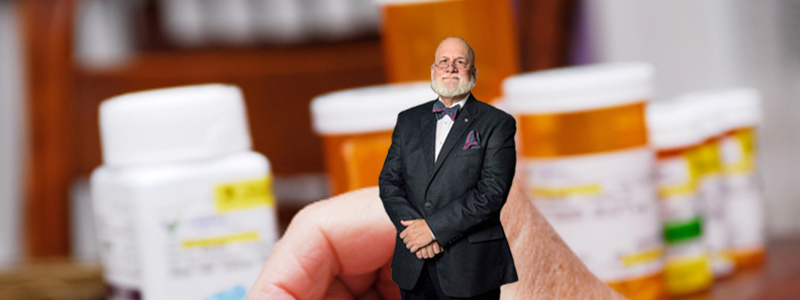Larry was asked: Is there any evidence that a topical formulation of low dose naltrexone is effective for pain control? I have severe scoliosis and osteoporosis and multiple blown out discs and compression fractures. I’m on no oral pain meds. Have a compounded pain cream with tetracaine, Flexeril, Robaxin, diclofenac, gabapentin, and clonidine which takes the edge off so I can get some sleep. Always looking for options to use. I’m not interested in anything taken orally but wonder if topically this might be worth a try. Thanks.
Reply: I’d like first to be clear about what low dose naltrexone (LDN) means. Naltrexone hydrochloride belongs to a class of drugs known as opiate antagonists (blocks opioids). It works in the brain to prevent opiate effects (e.g., feelings of well-being, pain relief). It also decreases the desire to take opiates. This medication is also used to treat alcohol abuse.
Dr. Bernard Bihari MD was a renowned physician in New York who discovered that very small doses of this drug helped reduced symptoms associated with several chronic diseases that are primarily associated with inflammation. The mechanism of action is unknown, but the range of benefits seems very wide. Where the usual daily dose of naltrexone hydrochloride is above 150 mg, the LDN doses are in the 3.0 mg range (one fiftieth the strength).
The most common routes of administration are by mouth – oral capsules and liquids. There has been some evidence that the drug can be absorbed through the skin, again in small amounts. The effects seem to be related to adjustments in the body systems that take place during sleep – estimated to be 4 to 6 hours after going to bed. While this is most common, it should be noted that other people take their doses in the morning and, sometimes, more than once a day.
When asked if LDN would work for this or that, Dr. Bihari always responded, “Try it. It might work.” That’s as close to an answer as I can come.

